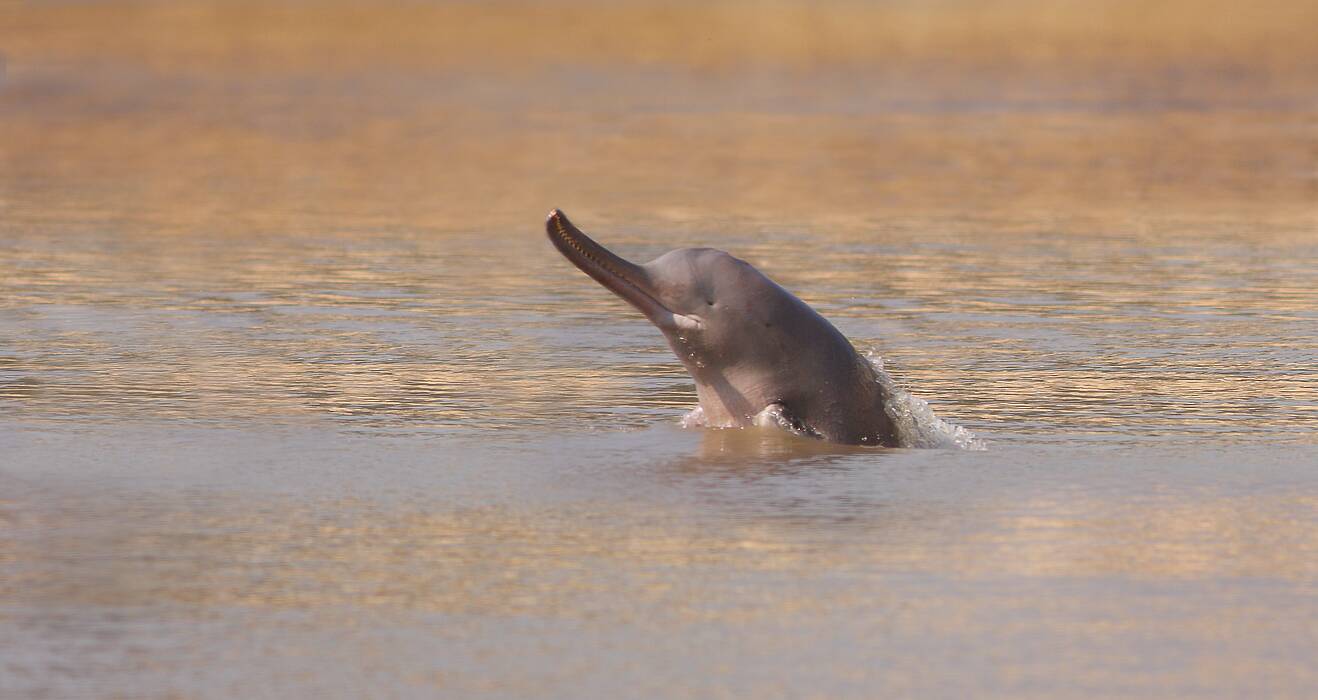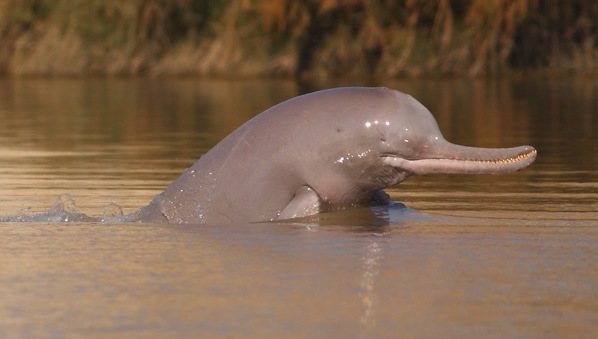
The Indus River dolphin, locally known as “Bhulan”, is one of the world’s rarest freshwater dolphins—and it’s found only in Pakistan. Once widespread throughout the Indus River system, this fascinating creature is now listed as endangered. But thanks to tireless conservation efforts, there’s hope for its survival.
Table of Contents
ToggleA Unique Species of the Indus
The Indus River dolphin is often called a “blind dolphin” because it has very poor eyesight and relies on echolocation to navigate the muddy waters of the Indus. This remarkable adaptation has allowed it to thrive in murky environments for centuries.
Why the Indus Dolphin Became Endangered
The dolphin’s population saw a sharp decline in the 20th century, mainly due to:
- River Dams and Barrages: These disrupted its natural habitat and migration patterns.
- Pollution: Industrial waste and agricultural runoff damaged its ecosystem.
- Fishing Nets: Accidental entanglement caused many dolphin deaths.

Conservation Success Stories
Thanks to government initiatives, NGOs, and community involvement, the Indus dolphin is making a remarkable comeback:
- Protected Areas: The establishment of the Indus Dolphin Reserve in Sindh has provided a safe haven.
- Community Patrol Programs: Local fishermen now play a crucial role in rescuing trapped dolphins.
- Awareness Campaigns: Villages along the river are becoming active participants in conservation.
- Research and Monitoring: Continuous tracking of dolphin populations helps guide protection efforts.
A Symbol of Hope
The Indus River dolphin is more than just a rare animal; it’s a symbol of Pakistan’s biodiversity and a reminder of the importance of preserving natural habitats. With community-driven efforts and ongoing conservation projects, this unique species is slowly bouncing back from the brink of extinction.
Key Takeaways for Visitors
If you’re planning to visit Sindh or southern Punjab, consider joining eco-tours that focus on dolphin watching. These tours not only let you experience a rare species in its natural habitat but also support local conservation efforts.
